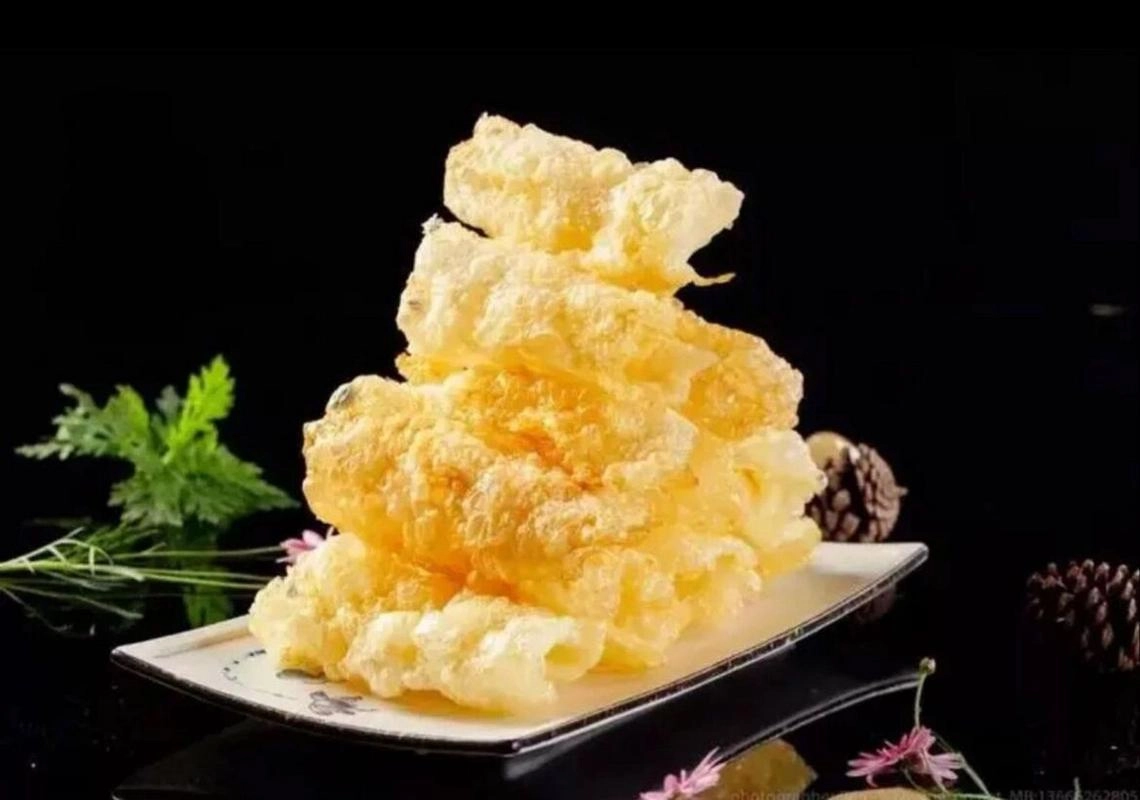달리 시티의 맛있는 루한, 윈난: 시간을 통한 요리 여행
소개:
요리 애호가로서, I am always on the lookout for unique and traditional dishes that embody the rich cultural heritage of a region. In the picturesque city of Dali, situated in Yunnan Province, 중국, lies a gem of a dish that has been a staple in the hearts and kitchens of the Bai ethnic group for centuries – Lu Shan, 또는 “milk fan”. This delicacy is not just a food item; it’s a symbol of the region’s history, 문화, and culinary prowess.
기원과 문화적 배경:
Lu Shan has its roots deeply embedded in the traditions of the Bai people. It is believed to have been crafted by the ingenious hands of the Bai women, who have been known for their dairying skills. This dish is not only a testament to their culinary expertise but also an integral part of their wedding customs. Known as “San Dao Cha” 또는 “Three Courses of Tea,” Lu Shan is a mandatory component, symbolizing the sweetness and unity in marriage.
성분과 준비:
The making of Lu Shan is a delicate process that requires fresh milk and a few simple ingredients. The primary ingredient is milk, which is traditionally sourced from local cows or goats, providing a rich and creamy base. The milk is curdled using a natural coagulant, often a plant extract, to form a soft cheese. This cheese is then stretched and thinned into a translucent, paper-thin sheet, which is the essence of Lu Shan.
질감과 외관:
Once formed, Lu Shan boasts an ethereal appearance, resembling a delicate, white veil. Its texture is soft and pliable, yet it holds its shape remarkably well. 요리 할 때, the edges of the Lu Shan turn golden, creating a beautiful contrast against its milky white backdrop. The final product is a marvel of culinary artistry, with each sheet carefully crafted to perfection.
Signature Dishes and Cuisine:
Lu Shan is versatile in its culinary applications. One of the most traditional ways to enjoy it is by grilling the thin sheets until they become slightly crispy and then rolling them with a sweet rose sauce or sprinkling them with granulated sugar. This creates a delightful combination of sweet and savory, with the subtle flavors of the rose sauce or the crunch of the sugar complementing the rich, creamy taste of the milk.
요리 특성:
The beauty of Lu Shan lies in its simplicity and the depth of flavors it carries. It is a dish that speaks volumes about the region’s pastoral roots and the ingenuity of its people. The milk’s natural richness is enhanced by the subtle sweetness of the rose sauce or白糖, creating a balance that is both comforting and sophisticated. Lu Shan is a dish that is as much about the journey of taste as it is about the journey of life, encapsulating the essence of Bai culture in every bite.
결론:
In the bustling culinary landscape of China, Lu Shan stands as a beacon of tradition and innovation. It is a dish that has withstood the test of time, a culinary treasure that continues to be cherished by the people of Dali and beyond. 식품 실무자로서, I am humbled by the opportunity to share this delicacy with the world, a testament to the enduring legacy of the Bai people and their love for the art of cooking.
